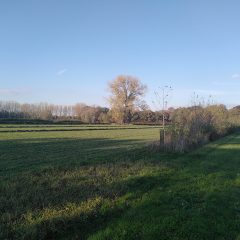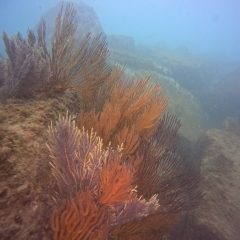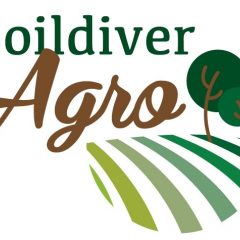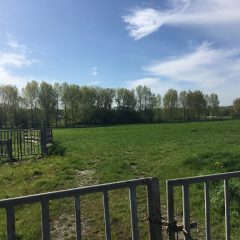Dossier Biodiversity and ecosystem services in relation to agriculture
How do structural elements in our landscape, from small forests and roadsides to highways, influence the temperature and the presence of insects in a nearby field? And how do temperature and local insect community in turn influence crop growth on a field? ILVO together with UGent investigated the link between landscape and functional agrobiodiversity with the help of citizen scientists and their 40 square-meter gardens in the citizen science project BEL-Landschap (2018 and 2019).
What does ILVO do?
-
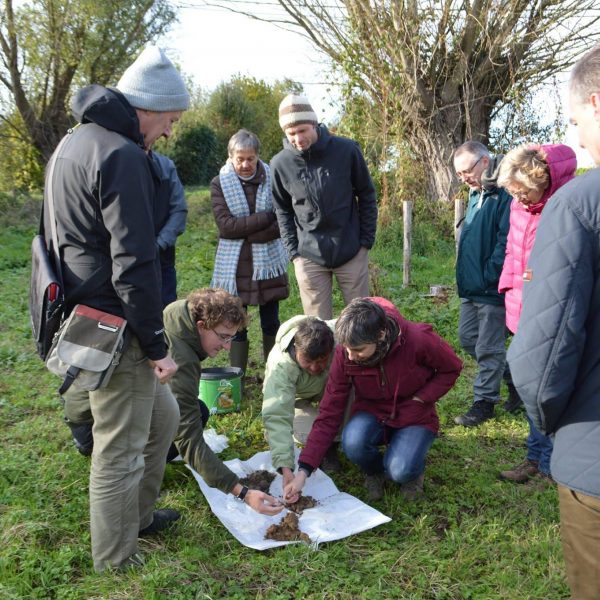 Together with 90 volunteers, ecological processes such as plant growth and pest control were monitored weekly in square-meter gardens.
Together with 90 volunteers, ecological processes such as plant growth and pest control were monitored weekly in square-meter gardens. -
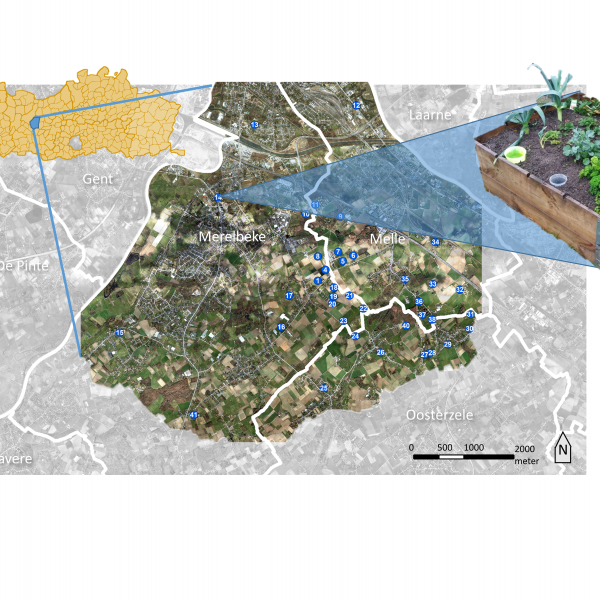 Land use around the gardens (cropland, grassland, forest, gardens) affects the gardens: plant growth, temperature, insects in the gardens.
Land use around the gardens (cropland, grassland, forest, gardens) affects the gardens: plant growth, temperature, insects in the gardens. -
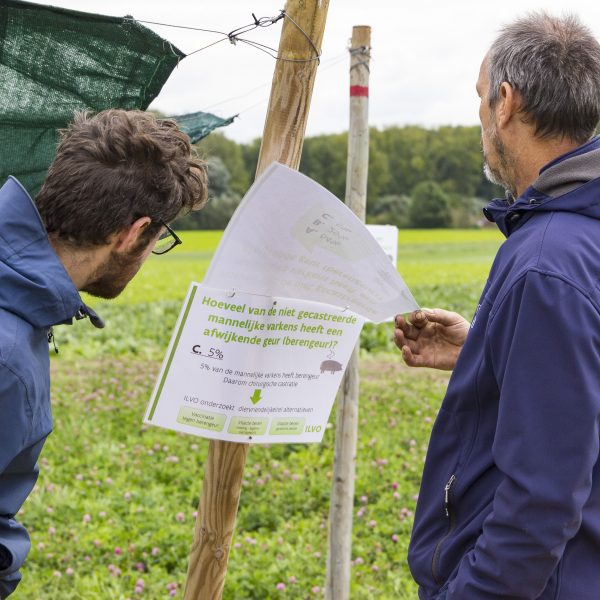 The observations in the gardens and the interactions between volunteers influence support for rural biodiversity.
The observations in the gardens and the interactions between volunteers influence support for rural biodiversity.
Landscape-scale biodiversity under pressure
The diversity of biological life (biodiversity) in the agricultural landscape is under pressure. Intensification of agriculture in the recent past has led at the field level to economies of scale and increased use of fertilizers and pesticides, among others. At the landscape level, it has led to the disappearance of semi-natural elements. These are green elements that are strongly influenced by humans, such as hedges, hedgerows, wood edges, tree rows, forest fragments but also grass verges, field edges, flower meadows or extensively managed grasslands. Populations of animal and plant species tied to agricultural land - so-called "farm nature" - have declined sharply or disappeared due to the disappearance of these semi-natural elements. For example, a major loss of arthropods such as insects is reported. Field birds such as the skylark are also declining sharply in rural areas.
Ecosystem services: the services that biodiversity provides us
In recent years, it has been shown that this loss of biodiversity also affects human well-being. After all, wild animals and plants provide numerous services that are crucial for producing food and creating a livable environment. Examples include wild bees, bumblebees and hoverflies that are responsible for pollinating crops, natural enemies that help suppress pest species, and trees and shrubs that produce wood but also help define the character of landscapes. These services to human well-being are called ecosystem services provided here by the contemporary agricultural ecosystem.
Policies and measures to strengthen biodiversity
Maintaining and enhancing biodiversity in agricultural landscapes is an important policy objective, and measures have been formulated at global, European and national/regional levels to make this a reality. Typical examples of local measures are the management agreements that farmers can enter into with the government in exchange for compensation. They receive this, for example, when they sow field edges with an herb-rich mixture or create woody borders.
> Also read the biodiversity strategy of the European Council
Landscape approach required
Despite farmers' efforts to do so, research shows that some of these measures are often not effective enough. This is partly due to the fragmented approach at the area level. Moreover, such measures within plots ignore the complexity of landscapes, which in practice consist of a network and interplay of various green elements, such as roadside elements and gardens. This is particularly relevant in highly urbanized regions such as Flanders, where these small green elements are abundant near farmland. What impact they have on biodiversity and local growing conditions on those lands was insufficiently known before the BEL-Landschap project.
Impact of landscape elements on ecosystem services and biodiversity
Doctoral thesis of Frederik Gerits: "Understanding the impact of landscape composition on agrobiodiversity in a peri-urban context: learnings from a citizen-science approach"
In the (now completed) BEL-Landschap project, the importance of the network of semi-natural elements in the landscape was quantified in concrete terms. Forty "foster gardens" were created specifically designed to measure the effect of the (biodiversity in the) environment on the crops in the gardens. Here are the findings:
The surrounding landscape does impact the microclimate in the gardens: woody vegetation buffers microclimate.
- Woody vegetation such as tall hedgerows, tree rows and small forest fragments in the landscape provided a "buffered microclimate" with less variation in temperature and soil moisture content.
- In areas with more arable farming, on the other hand, the temperature but soil moisture content varied much more.
In a climate with more extreme temperatures and intense precipitation, woody vegetation can contribute to a more stable climate for crops.
Plants in the gardens where the microclimate was buffered by woody vegetation did not grow better in the experiment.
Due to the extreme drought in 2018 and 2019, the researchers were forced to irrigate all the gardens so that enough plants survived to study. It is possible that this irrigation filtered out the buffering effect of the landscape on the plants. Moreover, the plant species in the gardens had different needs: arugula, for example, can handle higher temperatures and less moisture better while leeks prefer a more stable climate.
Woody vegetation in the landscape thus buffers the microclimate, but further research needs to determine how much vegetation is needed for this and on what scale to have an effect on agricultural production.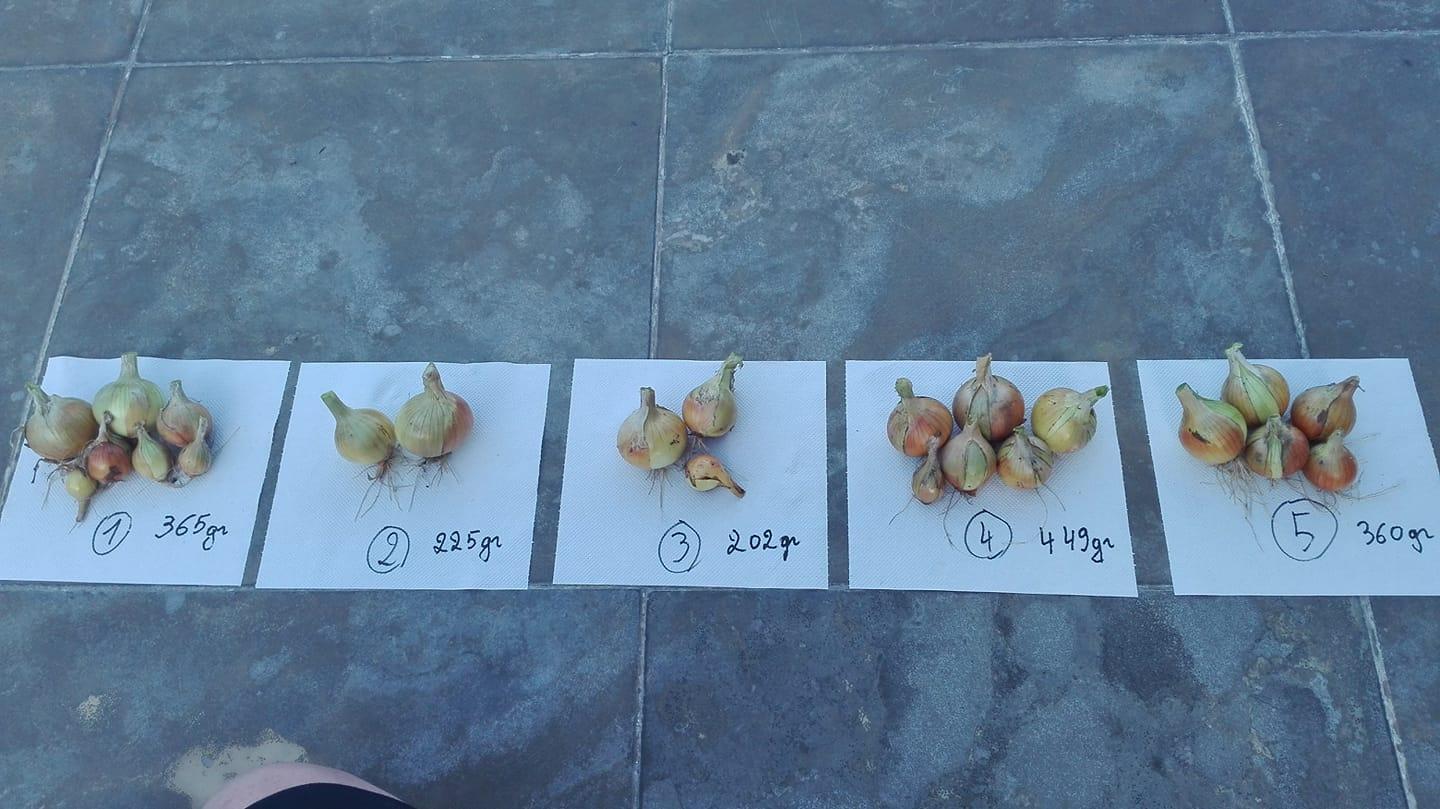
Land use around gardens also affects the local insect community:
Certain natural predators and pollinators are more active in agricultural environments than in gardens. In addition, local, herb-rich vegetation in roadsides and extensive grasslands is conducive to natural enemies.
- The studied natural pest predators (ground beetles, short-shelled beetles and spiders) and pollinators (bees and hoverflies) were both caught more in environments with more arable farming and less in areas with many private gardens and buildings. For ground beetles and short-tailed beetles, this result has already been described in other research and attributed to lots of prey and good hunting conditions in croplands. For bees and hoverflies, this insight is new. A comment can be made about the trapping method for pollinators: we set a fluo yellow trap amid maize and grassland. In this way, the trap stands out very much in the inconspicuous matrix of crops. But regardless, the critters get there and are active.
- For natural pests that move frequently on the ground, local flower-rich vegetation such as roadsides and extensive grasslands proved to be conducive.
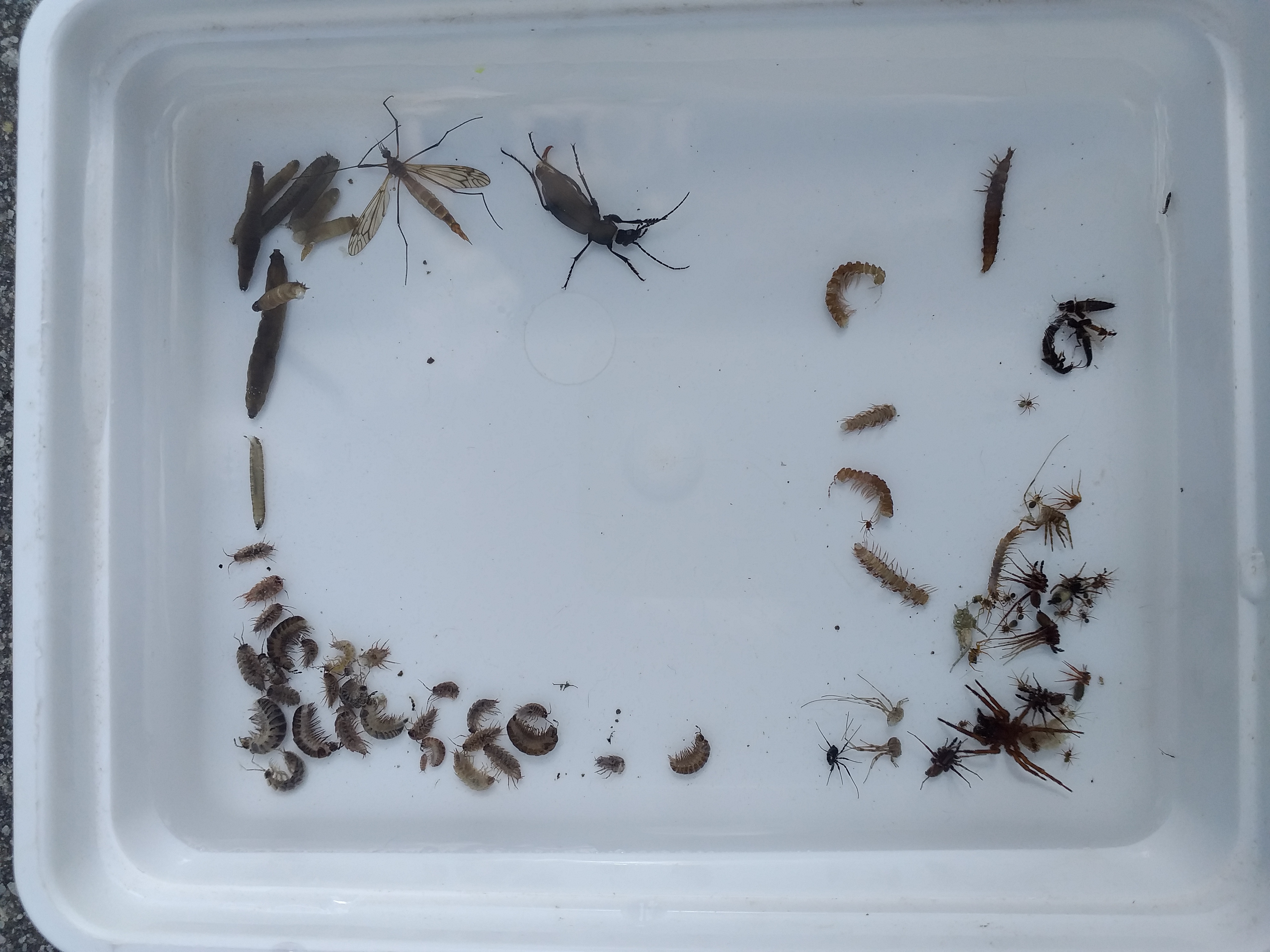
There was no less foraging damage in the gardens where natural pest controllers were more active.
There are many types of natural pest predators besides our ground hunters. For example, there are parasitic wasps and predatory bugs that devour herbivorous caterpillars and aphids. Possibly our natural pest predators in the traps were not the ones hunting the herbivores on our plants. However, our results do confirm existing research that pollinators are beneficial to strawberry yields!
How these processes, driven by the surrounding landscape, further translate into crop growth performance needs further exploration.
BEL landscape: Innovative research method emulated in the rest of Europe
Landscape observatory: How does the landscape environment affect ecosystem services in gardens?
From February 2018 (with a repeat in 2019), 40 foster gardens served as observation points in the landscape of Lemberge, Gontrode, Landskouter and Gijzenzele. The whole thing was also called a landscape observatory. Very concretely, the researchers wanted to measure in the observatory the influence of the landscape environment on ecosystem services such as pollination, natural pest control, (quality) food production, regulation of the rural microclimate, and so on. Scientifically, it was therefore necessary to set out identical measuring points - the foster gardens - at sites with different types of land use, land management and variation in the presence of semi-natural elements. A spatial analysis was therefore made of these semi-natural elements: where in the "landscape window" are these elements abundant (dens), and where not (rarefied)?
Research area selection
The first chosen research area was located in Lemberge, Gontrode, Landskouter and Gijzenzele and is representative of peri-urban Flanders, being (literally) the open spaces between villages and towns. Much of the land use is agricultural (about 50%) and forms a dynamic set of diverse agricultural practices. These agricultural areas are surrounded by other infills of space use such as habitation, recreation, culture, among others. Moreover, fragments of valuable nature are present in the study area. These include the 'Vurtzak', the Aelmoeseneie forest and the Gondebeek. The research team was therefore convinced that the results of this study would provide valuable information for other peri-urban regions, so numerous in Flanders but also far beyond.
The method for measuring the impact of and on biodiversity at the landscape level was so groundbreaking that the project was emulated in a large European project: FABulous farmers. Within this project, the experiment was repeated in 2021 with 25 gardens in an independent landscape in the province of Antwerp (Laakdal and Geel). A comparison of the findings from both projects shows which effects of the landscape on the processes in the gardens are similar, and which are not.
Citizen science: Volunteers collect data from foster gardens
Local residents and other volunteers closely monitored the foster gardens, thus collecting data for the researchers. This collaboration generally ran very smoothly; only two of the 40 gardens dropped out between the two seasons (2018 and 2019). A commitment was therefore made to structured communication and a clear set of tasks was passed on to the gardeners. Moreover, the performance of their tasks was closely monitored by the researchers, who made weekly rounds of all the gardens.
By actively involving users and residents of the landscape ('actors') in the monitoring of the gardens, the researchers wanted to make them aware of their role in the biodiversity of their environment.Researcher Frederik Gerits:
"Ultimately, we want to move from a 'one actor-one plot' approach, as in the case of management agreements, to a 'multi actor-landscape' approach where different rural residents and users work together to create a greener and more biodiverse agricultural landscape."
Below is a timelapse of one little garden during the 2019 growing season. These overview photos were taken by one of the citizen scientists, Stijn Morsa.

Contact an expert

